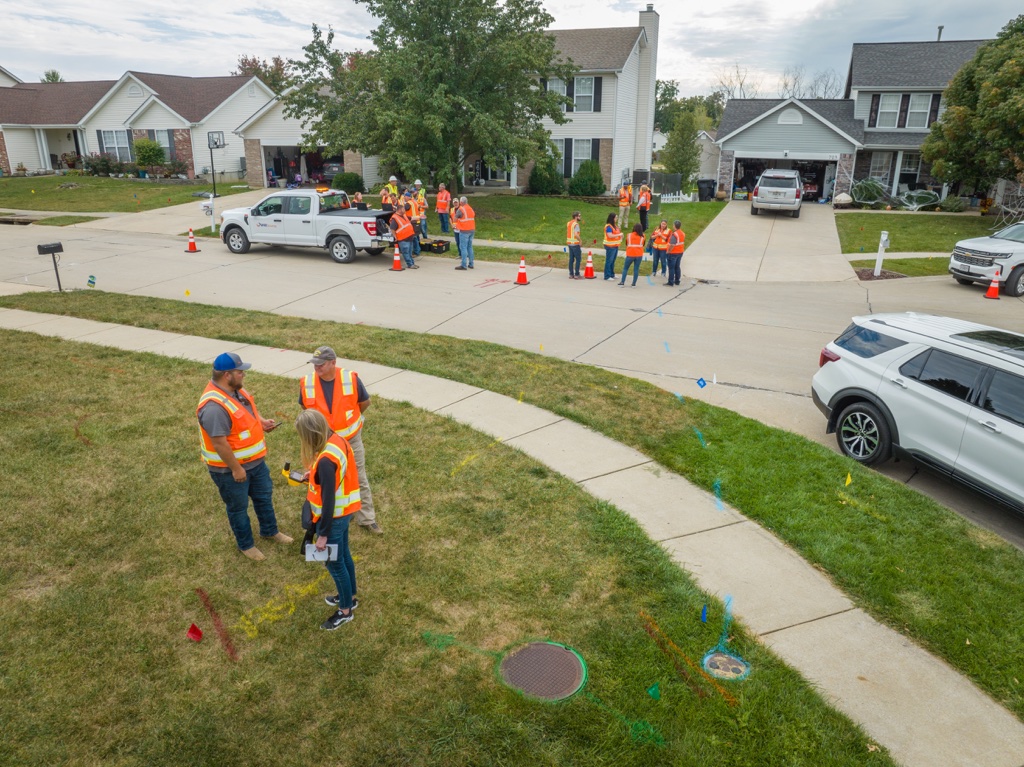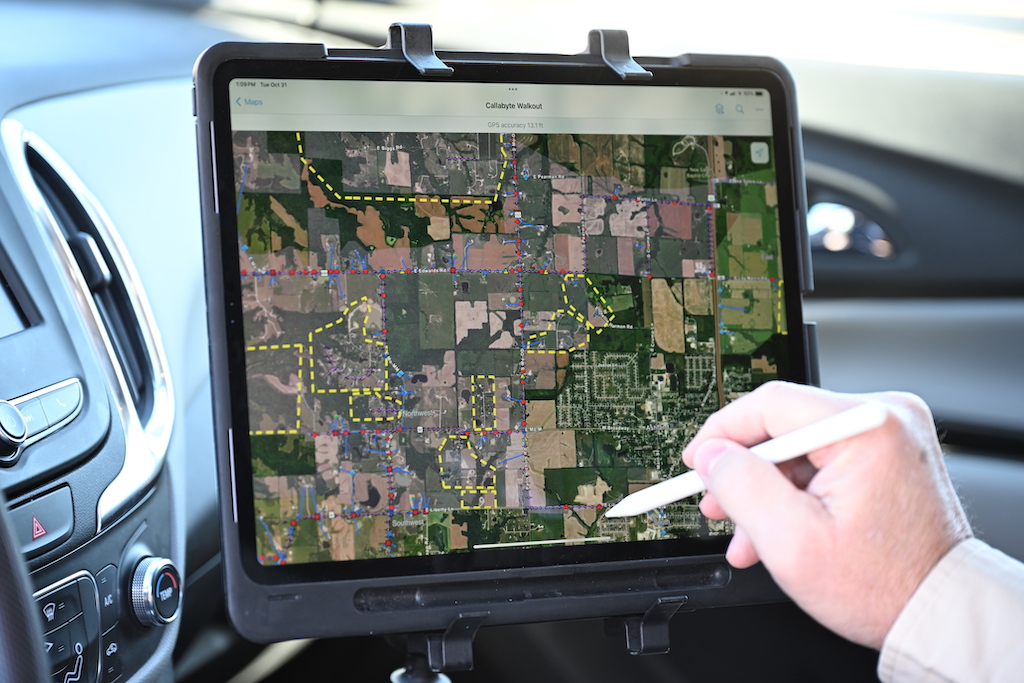For any incident, whether it be IT, cybersecurity, industrial, or construction incidents, it is crucial to have an incident management plan in place. Incident management plans are established processes for dealing with critical situations. Having an incident response plan ensures a rapid and efficient response to incidents as they arise. Additionally, in the long run, it can create a knowledge base for predicting problems and identifying vulnerabilities, recognizing incidents before they go too far.
The Incident Management Process
Put simply, incident management involves identifying the incident, investigating and analyzing it, and creating a solution in a way that will not only resolve the incident but also prevent future occurrences. It requires managerial effort, attention, and the use of adequate resources to successfully respond, mitigate negative effects, and prevent recurrence.
Incident Identification and Documentation
Incident response processes begin with incident identification, information collection, and documentation. Once an incident is identified, all information available should be recorded and compiled into an incident report in real time. This includes information regarding what happened, when it happened, where it happened, who it involved, and incident severity. For major incidents that involve injury or property/utility damages, the timeliness of the report can be crucial for mitigation claims and quick action to prevent further risks or incident escalation.
Incident reports should not be limited to verbal descriptions and time stamps. They can include photos of the incident site, personal injury, and damaged equipment or infrastructure. Every piece of available information should be recorded. For example, for incidents occurring at a construction site you may want to ask, were there on-site work distractions? How was the safety equipment being used? If equipment malfunctioned, had it been maintained properly?
Incident Investigation and Diagnosis
Once an incident has been thoroughly reported, incident investigation and diagnosis can occur. Incident investigation and diagnosis seeks to determine the root cause of the incident that has occurred – the ultimate “why?”. Analyzing the sequence of events that led up to the incident can reveal very important information.
Searching for possible safety gaps, lack of proper oversight, improper maintenance protocols for equipment, and other potential causes helps to determine what needs to be changed in order to prevent future incidents. In addition to providing an initial diagnosis of the incident, it may also reveal other operational weaknesses that have not yet caused an issue. This can save valuable time and money for any operation in the long term.
Incident Resolution and Corrective Action
By identifying the root causes of incidents and other variables influencing their occurrence, incidents can be resolved and corrective measures can be put in place. This eliminates the chance of a recurring incident. Corrective actions should be monitored for a period of time to make sure they are being implemented appropriately. Even if an incident seemed like a “one time thing”, it is important for the company, everyone involved, and the future of the operation to ensure it does not happen again.
Resolution and correction can apply to many aspects of a work operation. On-site behaviors and habits of workers, safety protocols, equipment maintenance and operation, and training standards can all be a part of adjustments made to ensure increased safety and reduction of incident risks.
Incident Closure
For the closure stage of the incident management process, it is important to first re-verify that the root cause of the incident has been correctly determined and that corrective actions are continuously being carried out. Additionally, it needs to be confirmed that the new processes in place are successfully preventing future incidents.
Data collected throughout the incident management process and lessons learned throughout contributes to a knowledge base for predicting and preventing future occurrences. This knowledge should be actively utilized to effectively recognize potential vulnerabilities in the operation, and encourages incident prioritization.








